Our tool for managing your permission to our use of cookies is temporarily offline. Therefore some functionality is missing.
THE LATEST BMW 3 SERIES.
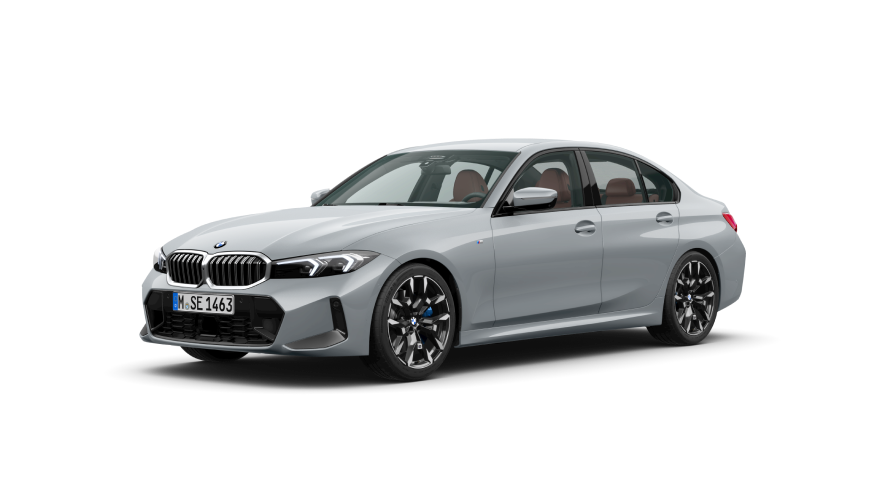
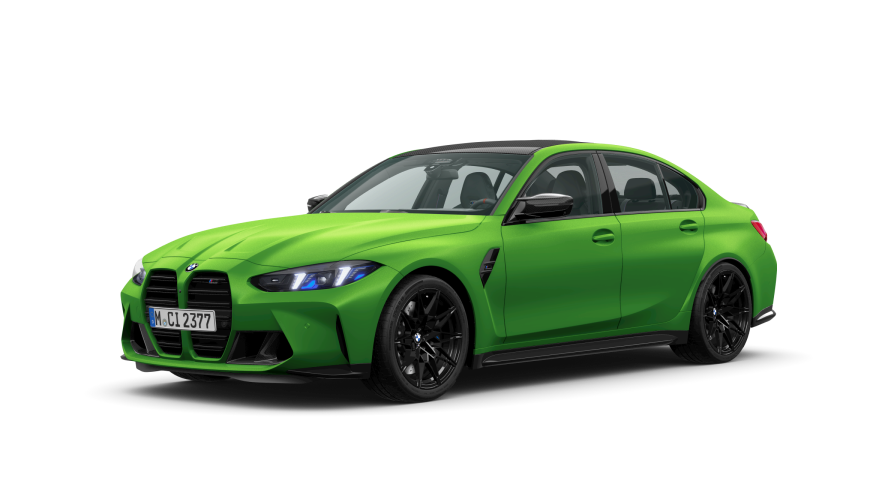
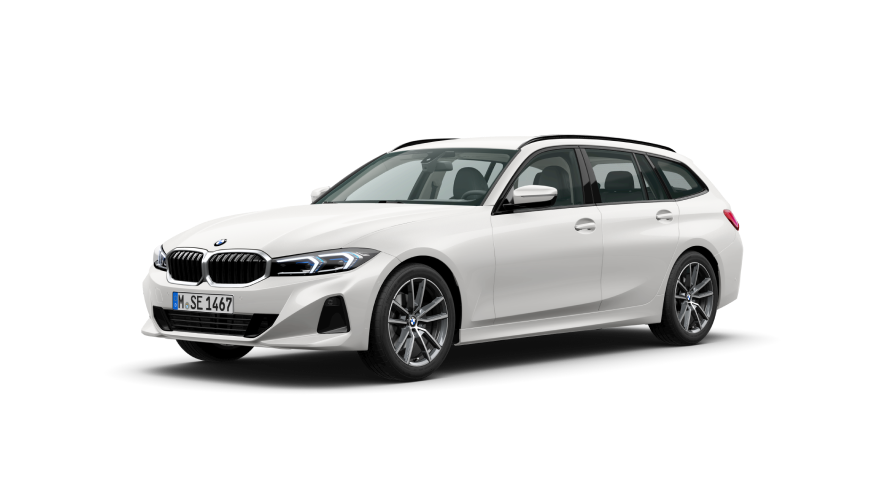
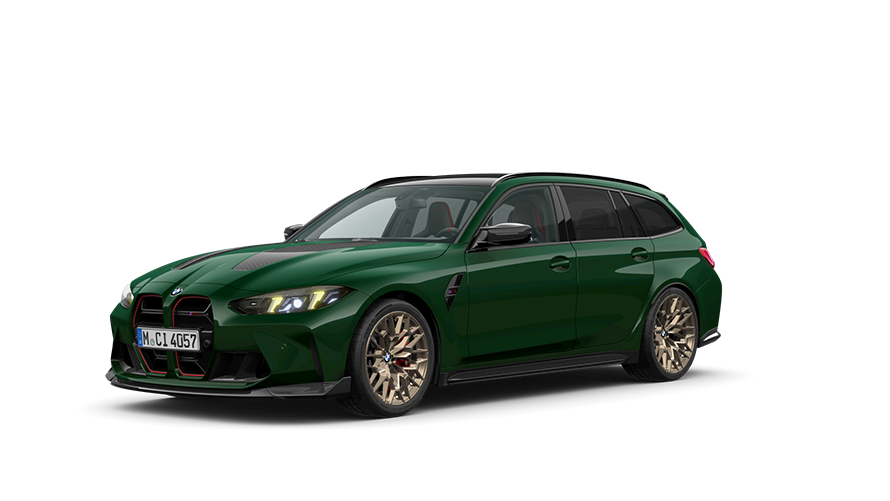
BMW 3 SERIES OVERVIEW.
Sporty, reliable, and successful: For over 40 years, the BMW 3 Series has stood for dynamic driving pleasure like no other vehicle. Thanks to former BMW head of design Paul Bracq, emotions and joy of driving found its way to the middle-class — qualities the BMW 3 Series epitomizes up to this day. With the BMW E21 in the 1970s, he laid the distinctive foundation for an unprecedented success story. Today the success of the BMW 3 Series is one of the reasons that BMW is the leading manufacturer of premium vehicles.
Over seven generations to date, the BMW 3 Series has been continuously improved and refined into a vehicle that represents sportiness in the middle class like no other. Not only were aspects such as design, dynamics, and individuality considered in this process, but the motorization as well. In-depth research has made the lively engines of the BMW 3 Series ever more economical and lower in emissions.
From the classic Saloon to the wagon marketed as the Touring, to the Coupé and Cabrio popular models including M Sport, 320 and 330 as well as the 3-door compact, the BMW 3 Series has become a favorite for all age groups. Striking a balance between agility, functionality, and safety, all models in the BMW 3 Series are popular to this day. The versatility of this car fascinates consumers and trade press alike, which is also reflected in dozens of accolades. One reason is undoubtedly the BMW 3 Series’ consistently sporty character, which has been refined further in each generation of the vehicle.
5 POINTS FOR THE BMW 3 SERIES.
- 01 Unparalleled driving dynamics
- 02 Sharp design fulfills the desire for pure joy of driving
- 03 Exceptional vehicle concept
- 04 Plenty of room for an active lifestyle
- 05 Connectivity at the highest level

OVERVIEW OF THE BMW 3 SERIES’ HISTORY.
Climb aboard! We’ll take you on a journey through time and introduce you to all the models in the BMW 3 Series – from the charming BMW E21 to the innovative BMW G20/G21, the latest addition to a series rich in tradition. We hope you enjoy this overview of 50 years of BMW history.
OVERVIEW OF THE BMW 3 SERIES’ HISTORY.
Climb aboard! We’ll take you on a journey through time and introduce you to all the models in the BMW 3 Series – from the charming BMW E21 to the innovative BMW G20/G21, the latest addition to a series rich in tradition. We hope you enjoy this overview of 50 years of BMW history.
THE FIRST GENERATION.

(BMW E21)
The BMW E21 owes its sporty appearance to designer Paul Bracq. The characteristic double kidney grille and round headlights in particular lend the vehicle its charm and spirit. With 1.36 million vehicles delivered, the BMW E21 becomes one of the most popular sports Saloon of the 1970s. With a cockpit angled towards the driver, a double bend on the C-pillar (Hofmeister kink), and the striking rear end, the BMW E21 meets the tastes of the sports-inclined consumer classes.
Production period: 1975–1983
Engines: 1.6–2.3 Liter (55–105 kW/75–143 hp), 4- & 6-cylinder
Length/width/height: 4,355 mm/1,610 mm/1,380 mm
THE SECOND GENERATION.

(BMW E30)
The distinctive twin headlights are now a standard feature on the BMW E30, and the BMW E30 is also produced as a convertible and a four-door. 2.34 million units sold confirm the massive success of the new BMW 3 Series. No wonder, as the range of models is significantly expanded for the BMW E30: in addition to a two-door and four-door, BMW also produces its first wagon variant of the vehicle – and BMW’s first wagon overall. A convertible with a retractable top also joins the BMW 3 Series family. In 1985, the BMW 325ix rolls off the production line as the first BMW with four-wheel drive. A total of 2.34 million BMW E30s are produced in Munich and Regensburg.
Production period: 1982-1994
Engines: 1.6-3.2 Liter (55-175 kW/75–238 hp), 4- & 6-cylinder
Length/width/height: max. 4,360 mm/1,680 mm/1,380 mm
THE THIRD GENERATION.

(BMW E36)
The angled A- and C-line on the BMW E36 in the 90s becomes an emblem for temperament and agility. With an extended front end set at an angle, the third generation of the BMW 3 Series not only improves interior comfort, but also provides much better impact protection. The new compact version of the vehicle also contributes to the groundbreaking success of the BMW E36, which is designed as a three-door with a rear section shorter by over 20 centimeters. For the first time in this series, the two-door Saloon of the predecessor is replaced with a standalone Coupé, flatter and wider than the Saloon.
Production period: 1990-2000
Engines: 1.6-3.2 Liter (60-245 kW/81–333 hp), 4- & 6-cylinder
Length/width/height: max. 4,433 mm/1,710 mm/1,393 mm
THE FOURTH GENERATION.
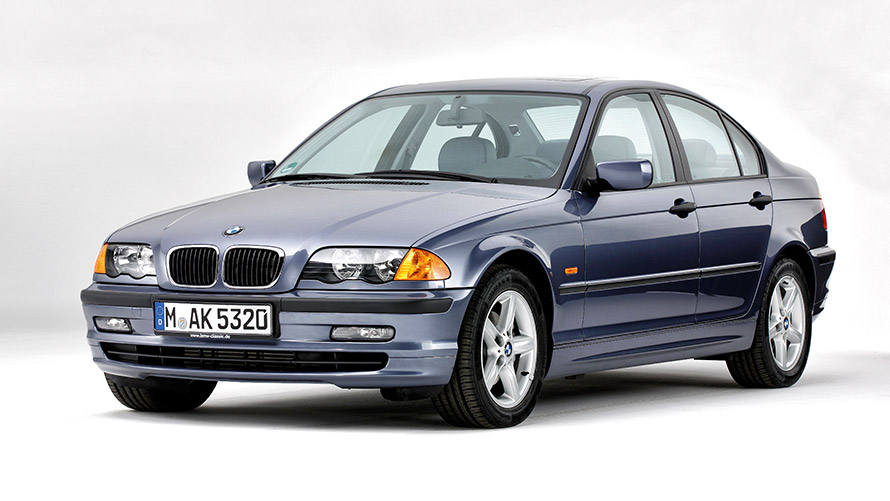
(BMW E46)
The BMW E46’s curved roof line provides more headroom, and unique design elements are introduced to the coupé, convertible, and compact for an individual design language. In addition to extra sporty agility, the BMW E46 also offers greater safety: ABS, the cornering brake control developed by BMW, and six airbags are part of the standard equipment for the fourth generation of the BMW 3 Series. The compact version also earns points with a brand-new drive generation: the Otto engines with variable valve control (Valvetronic) consume about 10% less fuel than its predecessors.
Production period: 1998-2007
Engines: 1.6-4.0 Liter (77-265 kW/105–360 hp), 4- & 6-cylinder
Length/width/height: max. 4,492 mm/1,780 mm/1,434 mm
THE FIFTH GENERATION.

(BMW E90, BMW E91, BMW E92, BMW E93)
In spring of 2005, the BMW E90 is introduced at the Geneva Motor Show. A short time later, the fifth generation of the successful BMW 3 Series advances to become the “World Car of the Year.” The BMW E90 Saloon and the BMW E91 Touring are now significantly more differentiated than their predecessors from the Coupé (BMW E92) and Cabriolet (BMW E93) and are visually more independent. With five more centimeters of length than the BMW E46, the BMW E90 is more mature on the outside without sacrificing its sporty attributes. For the first time, the well-known operating system from the bigger models, iDrive, makes its way into the BMW 3 Series: Navigation, infotainment, and the essential vehicle functions are now operated using a joystick.
Production period: 2005-2013
Engines: 1.6-4.0 Liter (90-309 kW/122–420 hp), 4-, 6-, & 8-cylinder
Length/width/height: max. 4,580mm/1,817 mm/1,421 mm
THE SIXTH GENERATION.

(BMW F30, BMW F31, BMW F34)
Sporty, classic, and future-oriented: the introduction of the BMW F30 on October 14th, 2011, at the BMW plant in Munich reveals the innovative paths Bayerische Motoren Werke has explored with the sixth version of the BMW 3 Series. The BMW F30's striking appearance is based on the current BMW design line. The BMW 3 Series thus looks sportier and more dynamic than ever. For the first time, an engine with hybrid drive is also available, thanks to BMW EfficientDynamics, the tried and tested combustion engines also boast extremely low consumption values. For diesel vehicles, a particulate filter has become standard. The distinctive headlights are an eye-catcher that has crept closer to the characteristic kidney grille on the BMW F30. A new addition is the BMW 3 Series Gran Turismo hatchback (F34). As of this generation, the coupé and convertible in the BMW middle class are marketed as standalone models under the name BMW 4 Series.
Production period: 2011–2019 (Saloon and Touring), Gran Turismo since 2013
Engines: 1.5-3.0 Liter (100-338 kW/136–460 hp), 3-, 4-, & 6-cylinder
Length/width/height: max. 4,753 mm/1,877 mm/1,455 mm
THE SEVENTH GENERATION

(BMW G20, BMW G21)
At the Mondial Paris Motor Show, BMW presents their vision of a modern and temperamental vehicle with the BMW G20 in spring of 2018. Longer dimensions, improved streamline, and weight-saving components made from high-quality aluminum make the BMW G20 a worthy successor to its BMW 3 Series lineage. New assistance systems are available that allow the 3 Series BMW to drive semi-autonomously. Even when it comes to operation, the BMW G20 sets standards – thanks in part to the adaptive voice and gesture control. Once again, the BMW G20 is ahead of its time in terms of technology. The BMW 3 Series achieves the perfect symbiosis of the best possible safety, innovative operation, and sporty driving pleasure in its seventh generation. Since summer 2019, the BMW 3 Series Touring, known as the G21 internally, has advanced the tradition of sporty BMW middle class wagons. For the first time, a BMW hybrid model is available as a Touring: the BMW 330e has an electric range of up to 61 km with a fully charged battery.
With the model update in 2022, the BMW 3 Series Sedan and BMW 3 Series Touring combine athletic design with unlimited connectivity on the pulse of time. Thanks to innovative technologies on board such as the BMW Curved Display with touch control concept and the BMW Intelligent Personal Assistant, an intelligent connection is created between the vehicle, driver and environment. On the exterior, the sharpened headlight design and the large air curtains in the front apron exude fascinating driving pleasure.
Production period: since 2019
Engines: currently 2.0–3.0 Liter (110–275 kW/150–374 hp), 4- & 6-cylinder
Length/width/height: max. 4,713 mm / 1,827 mm / 1,445 mm
FUEL CONSUMPTION AND CO2 EMISSIONS.
BMW 3 Series Saloon:
Fuel consumption in l/100 km (combined): 6.4–6.5
CO2 emissions in g/km (combined): 144–149BMW 3 Series Saloon Plug-in Hybrids:
Fuel consumption in l/100 km (combined): 1.3–1.4
CO2 emissions in g/km (combined): 30–32BMW 3 Series Saloon M Models:
Fuel consumption in l/100 km (combined): 7.9–7.7
CO2 emissions in g/km (combined): 180–176BMW 3 Series Touring:
Fuel consumption in l/100 km (combined): 6.7–6.8
CO2 emissions in g/km (combined): 152–155BMW 3 Series Touring Plug-in Hybrids:
Fuel consumption in l/100 km (combined): 1.4–1.5
CO2 emissions in g/km (combined): 32–33BMW 3 Series Touring M Models:
Fuel consumption in l/100 km (combined): 1.5–1.4
CO2 emissions in g/km (combined): 33–32The information on fuel consumption, CO2 emissions and energy consumption has been determined in accordance with the prescribed measurement procedure VO (EU) 715/2007 in the version applicable at the time of type approval. The figures refer to a vehicle with basic configuration in Germany and the range shown considers optional equipment and the different size of wheels and tires available on the selected model.
Further information about the official fuel consumption and the official specific CO2 emissions for new passenger automobiles can be found in the 'New Passenger Vehicle Fuel Consumption and CO2 Emission Guidelines', which are available free of charge at all sales outlets and from DAT Deutsche Automobil Treuhand GmbH, Hellmuth-Hirth-Str. 1, 73760 Ostfildern, Germany and on https://www.dat.de/co2
The values are already based on the new WLTP regulation and are translated back into NEDC-equivalent values in order to ensure the comparison between the vehicles. For vehicle related taxes or other duties based (at least inter alia) on CO2-emissions the CO2 values may differ to the values stated here.
